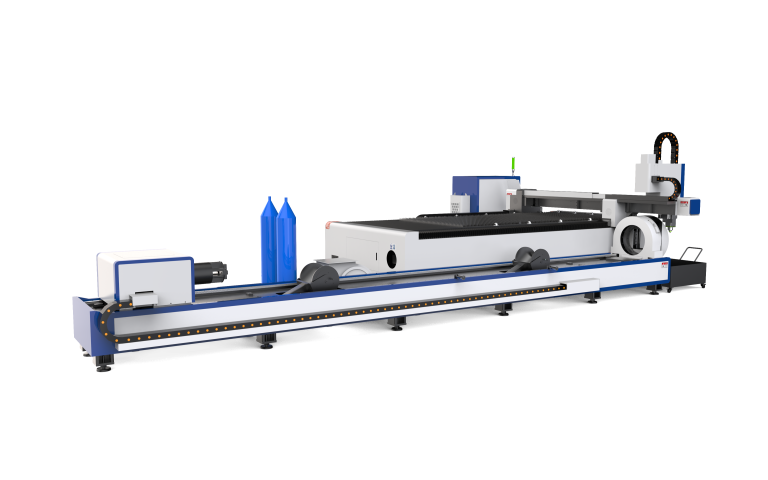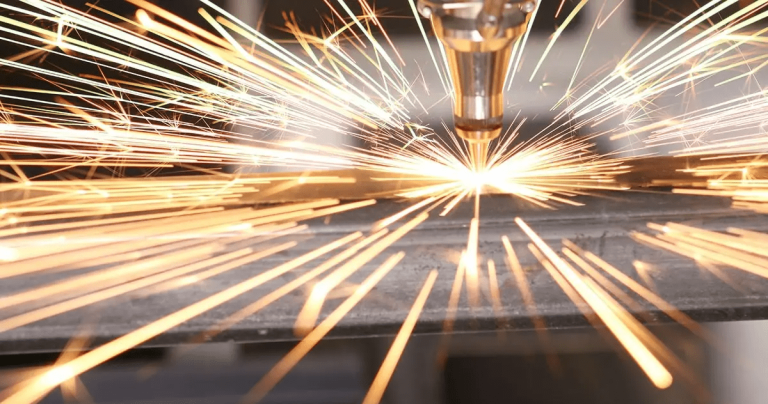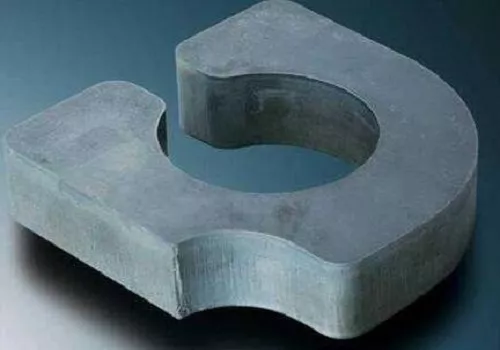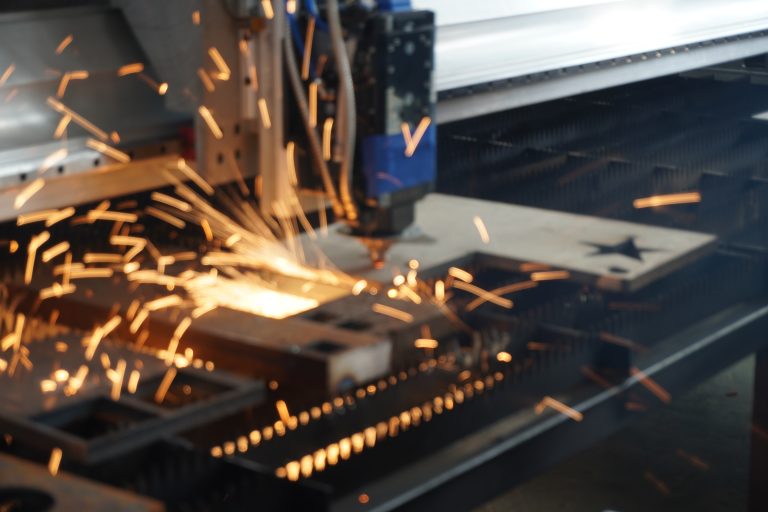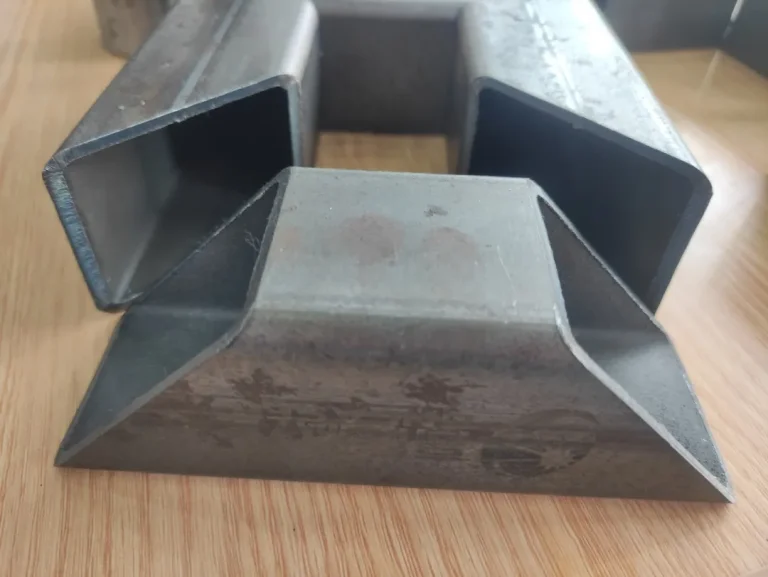Laser cutting is the most important application technology in the laser processing industry, which accounts for more than 70% of the whole laser processing industry. Laser cutting is currently the world’s advanced cutting process, because it has the advantages of precision manufacturing, flexible cutting, shaped processing, one-time molding, fast speed, efficiency and so on, so in industrial production to solve many of the problems that can not be solved by conventional methods, the laser can cut most of the metal materials and non-metallic materials.
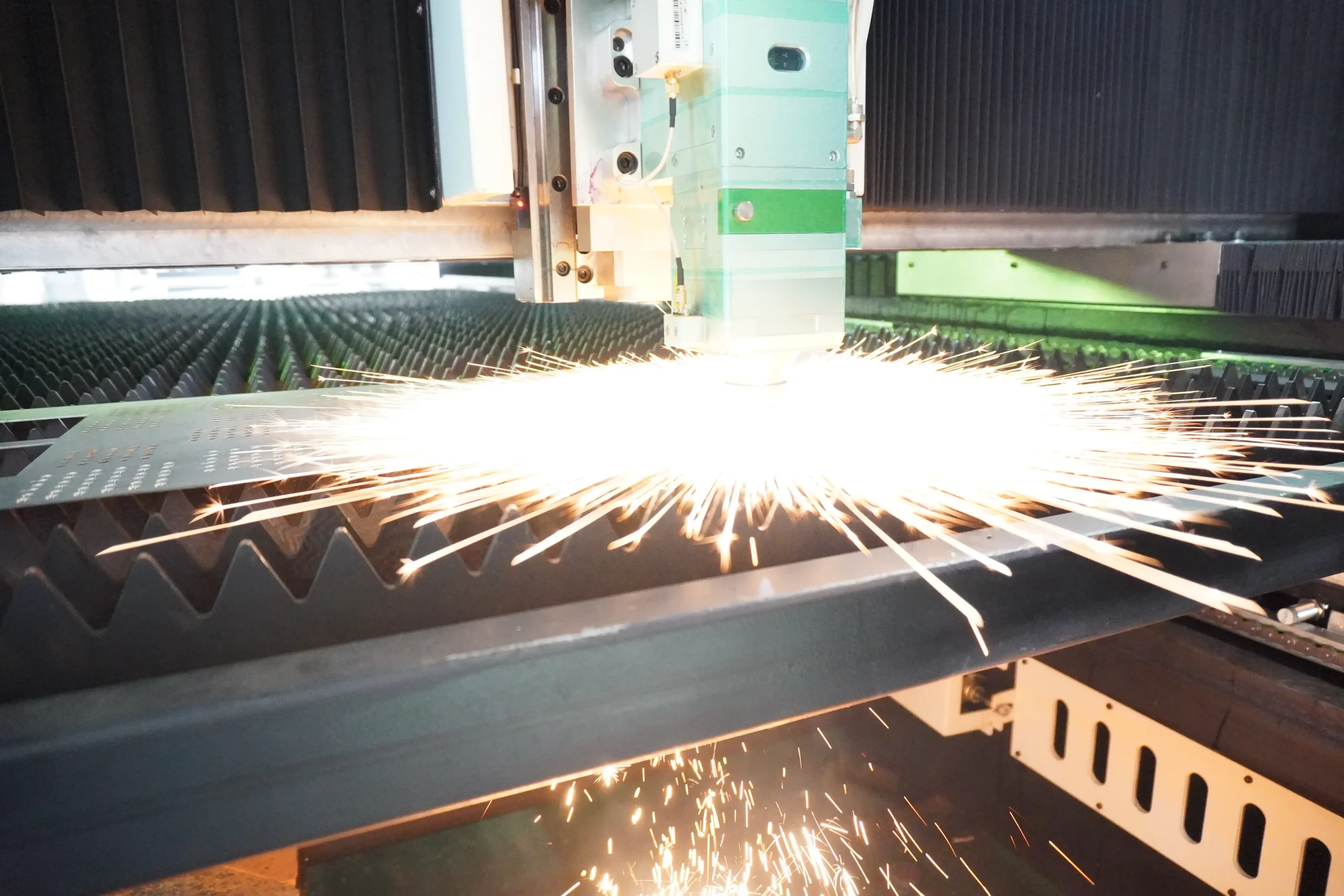
Application of laser cutting technology
1.Crafts and gifts
Can be engraved on wood, bamboo, marble, organic board, two-color board, leather and other materials with a variety of exquisite patterns and text, to make crafts and souvenirs.
2.Architectural modeling industry
Engraving/cutting models of walls, doors, windows, roofs, floors, vegetation, etc..
3.Signs, signs, medals
can be engraved/cut on a variety of materials such as two-color plate, wood products, coated metal, etc., for different gray levels of the background pattern automatically produces different “color leakage” effect, especially suitable for coloring or painting, the application is very broad.
4.garment processing
can be in the leather, garment processing industry, any complex pattern of engraving, cutting, carving, hollowing; computerized embroidery cutting.
5.wood, furniture
can be in a variety of bamboo, wood, furniture on the pattern, text engraving, etc..
6.lexiglass cutting
Use plexiglass material to do cutting, smooth edges without polishing again.
7.mage engraving
unique fine graphic engraving and image engraving skills, similar products are unparalleled. Can be in bamboo and wood products, acrylic,
leather, marble, crystal and other materials on the engraving of realistic photos.
8.phere, cylinder engraving
can be in the sphere, cylinder on the 360-degree rotary engraving, to meet your personalized needs
9.other industries
Printing, packaging, decoration, electronics, electrical appliances, plastic products, food and medicine industries require engraving, marking and so on.
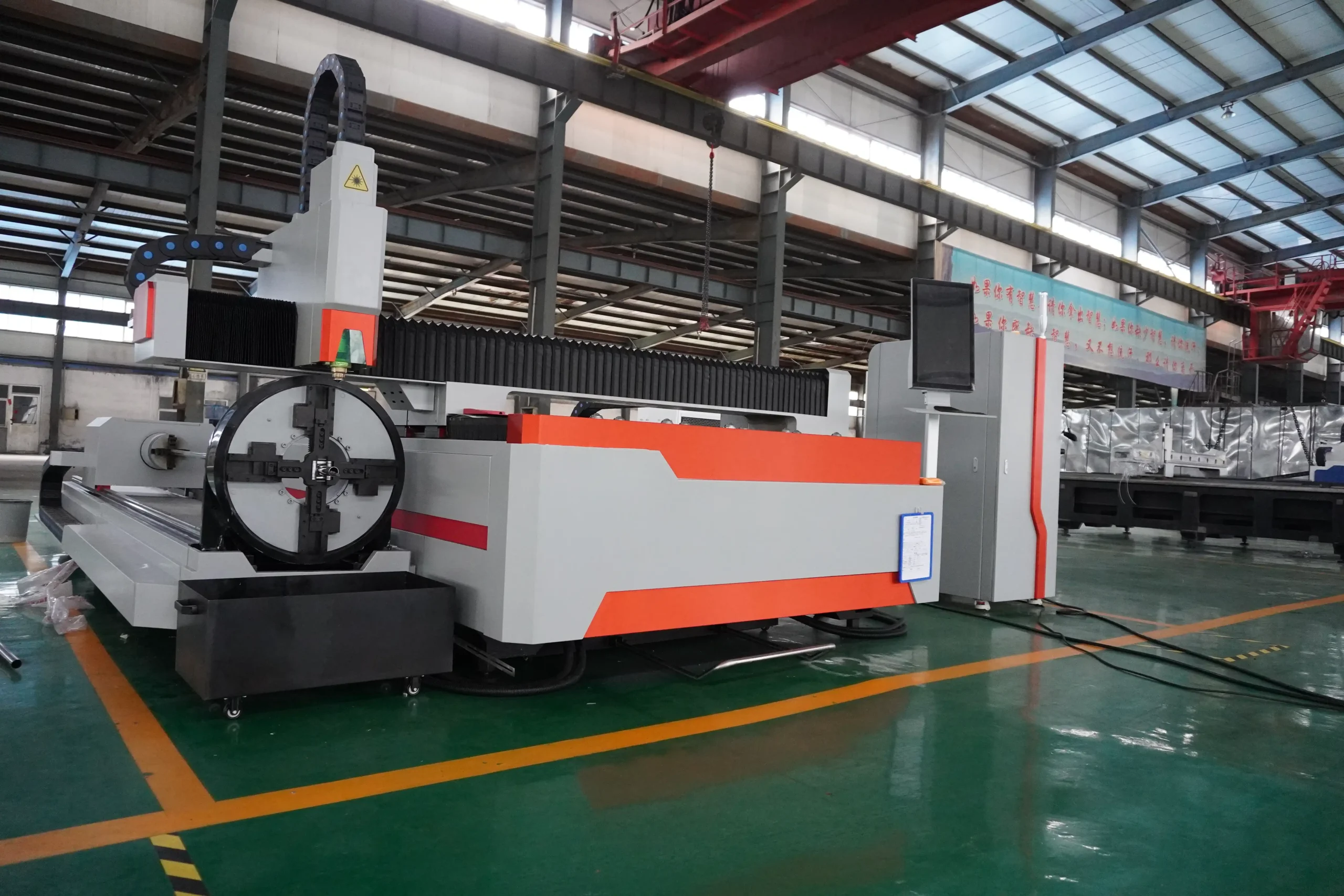
Advantages of laser cutting technology
1. high precision: positioning accuracy of 0.05mm, repeat positioning accuracy of 0.02mm.
2. narrow slit: laser beam focused into a very small point of light, so that the focal point of the high power density, the material is very Shaan heated to the degree of vaporization, evaporation and formation of holes. With the beam and the material relative to the linear movement, so that the holes continuously form a very narrow width of the slit. The width of the kerf is generally 0.10-0.20ram.
3. the cutting surface is smooth: the cutting surface is burr-free, the kerf surface roughness is generally controlled in Ral2.5; A.
4. fast speed: cutting speed up to lOm/min, the maximum positioning speed up to 70m/m/n, much faster than the speed of wire cutting.
5. good cutting quality: non-contact cutting, cutting edge by the heat is very small, basically no thermal deformation of the workpiece, completely avoiding the formation of material punching and shearing of the collapsed edge, the cut seam generally do not need secondary processing.
6. does not damage the workpiece: laser cutting head will not be in contact with the material surface, to ensure that the workpiece is not scratched.
7. not affected by the hardness of the material to be cut: laser can be steel, stainless steel, aluminum alloy plate, carbide, etc., no matter what kind of hardness, can be deformation-free cutting.
8. not affected by the shape of the workpiece: laser processing flexibility, can process any graphics, can cut tubes and other profiles.
9. can be cut on non-metal processing: such as plastic, wood, PVC, leather, textiles and organic glass.
10. save investment in molds: laser processing without molds, no mold consumption, no need to repair molds, saving time to replace molds, thus saving the processing costs, reducing production costs, especially suitable for the processing of large products.
11.saving materials: the use of computer programming, can be different shapes of products for the whole sheet material sets of cutting, maximize the utilization of materials.
12. shorten the new product manufacturing cycle: new product trial, small quantities, the structure is uncertain, will change at any time, simply can not come out of the mold, laser cutting machine greatly shorten the new product manufacturing cycle, reduce the mold investment.
The principle of laser cutting technology
1. under the action of the laser beam energy (oxygen-assisted cutting mechanism, but also with the addition of spray oxygen and reach the ignition point of the metal exothermic reaction of heat release), the material surface is rapidly (ms range) heated to thousands or even tens of thousands of degrees (℃) and melting or vaporization, with the escape of vapor and molten objects by the auxiliary high-pressure gas (oxygen or nitrogen and other inert gases) blowing away, the cut seam will be produced. . Pulsed laser is suitable for metal materials, continuous laser is suitable for non-metallic materials, the latter is an important application field of laser cutting technology.
2. laser cutting is the use of high power density laser beam scanning over the surface of the material, in a very short period of time will be heated to thousands to tens of thousands of degrees Celsius, so that the material melting or gasification, and then high-pressure gas will be melted or gasified material from the cut seam blowing away, to achieve the purpose of cutting materials.
3. the technology uses the energy released when the laser beam irradiates the surface of the steel plate to melt and vaporize the stainless steel. The laser source generally uses a carbon dioxide laser beam with an operating power of 500 to 2500 watts. This level of power is lower than that required by many domestic electric heaters, but the laser beam is concentrated in a very small area by means of lenses and mirrors. The high concentration of energy allows for rapid localized heating that vaporizes stainless steel. In addition, because the energy is so concentrated, only a small amount of heat is transferred to the rest of the steel, causing little or no deformation. The use of laser can be very accurate cutting of complex shapes of blanks, the cut blanks do not have to make further processing.
4. laser cutting is the use of focusing mirrors to focus the CO2 laser beam on the surface of the material to make the material melt, while using the laser beam coaxial compressed gas blowing away the melted material, and make the laser beam and the material along a certain trajectory for the relative movement, so as to form a certain shape of the slit. With the continuous improvement and development of CO2 laser and CNC technology since the 1970s, it has now become an advanced processing method for industrial plate cutting. In the fifties and sixties as the main method of plate cutting: for medium-thickness plate using oxyacetylene flame cutting; for thin plate using the shear bed under the material, forming complex parts of large quantities of the use of stamping, single piece of the use of vibration shear. After the seventies, in order to improve and enhance the flame cutting kerf quality, and promote the oxy-ethane precision flame cutting and plasma cutting. In order to reduce the manufacturing cycle of large stamping molds, and the development of CNC step punch and electrical processing technology. Various cutting methods have their own shortcomings, in industrial production has a certain scope of application.
The development direction of laser cutting technology
1. along with the laser to high-power development and the use of high-performance CNC and servo system, the use of high-power laser cutting can obtain high processing speed, while reducing the heat-affected zone and thermal aberration; the ability to cut the material plate thickness is also further improved, high-power laser can be used through the use of Q-switching or loading the pulse wave, which makes the low-power laser to produce a high-power laser. Laser.
2. According to the influence of laser cutting process parameters, improve the processing technology, such as: increase the auxiliary gas to cut the slag blowing force; add slagging agent to improve the fluidity of the melt; increase auxiliary energy and improve the coupling between the energy; and switch to a higher absorption rate of laser cutting.
3. laser cutting will be highly automated, intelligent direction. CAD / CAPP / CAM [4] and artificial intelligence used in laser cutting, the development of highly automated multifunctional laser processing system.
4. according to the processing speed adaptive control of laser power and laser mode or the establishment of process database and expert adaptive control system makes the laser cutting machine performance generally improve. Database as the core of the system, oriented to the generalization of CAPP development tools, laser cutting process design involved in the analysis of various types of data, the establishment of a suitable database structure.
5. to the multi-functional laser processing center development, laser cutting, laser welding and heat treatment and other processes after the quality of feedback integrated together, give full play to the overall advantages of laser processing.
6. with the development of Internet and WEB technology, the establishment of WEB-based network database, the use of fuzzy inference mechanism and artificial neural network to automatically determine the laser cutting process parameters, and can be accessed remotely and off-site control of the laser cutting process has become an inevitable trend.
7. three-dimensional high-precision large-scale CNC laser cutting machine and its cutting process technology, in order to meet the needs of automotive and aviation industries such as three-dimensional workpiece cutting, three-dimensional laser cutting machine is to high-efficiency, high-precision, multi-functional and highly adaptive direction of the people’s development, the application of laser cutting robots will be more and more large. Laser cutting is developing towards laser cutting cell FMC, unmanned and automation.
Laser cutting technology is clean, safe, pollution-free, greatly improving the operator’s working environment, of course, in terms of precision and surface roughness of the kerf, CO2 laser cutting is unlikely to exceed the electrical processing; in terms of the thickness of the cut is difficult to reach the level of flame and plasma cutting. But the above significant advantages are enough to prove: CO2 laser cutting has been and is replacing part of the traditional cutting process methods, especially a variety of non-metallic materials cutting. It is a kind of advanced processing method with rapid development and increasingly wide application.
FAQ
Will Laser Cutters Damage My Materials?
No, laser cutters are designed with precision and operate at high speeds, ensuring that only the intended parts of your material are melted away. The rapid cutting process minimizes exposure to heat, preventing any potential damage or warping of the materials.
Should I Outsource or Get a Laser Cutting Machine for My Sheet Metal Parts?
For small-scale operations, outsourcing your laser cutting needs can be cost-effective by saving on initial investment and maintenance costs. However, investing in a high-quality laser cutting machine like ours ensures long-term savings, higher efficiency, and unmatched precision for your sheet metal fabrication projects.
Besides Laser Cutting, What Other Processes Can I Choose for My Project?
While laser cutting offers unparalleled precision and versatility, other processes such as water jet cutting, plasma cutting, and CNC milling are also viable options depending on your project requirements. Each method has its unique advantages, so choosing the right one depends on the specific needs of your application.

